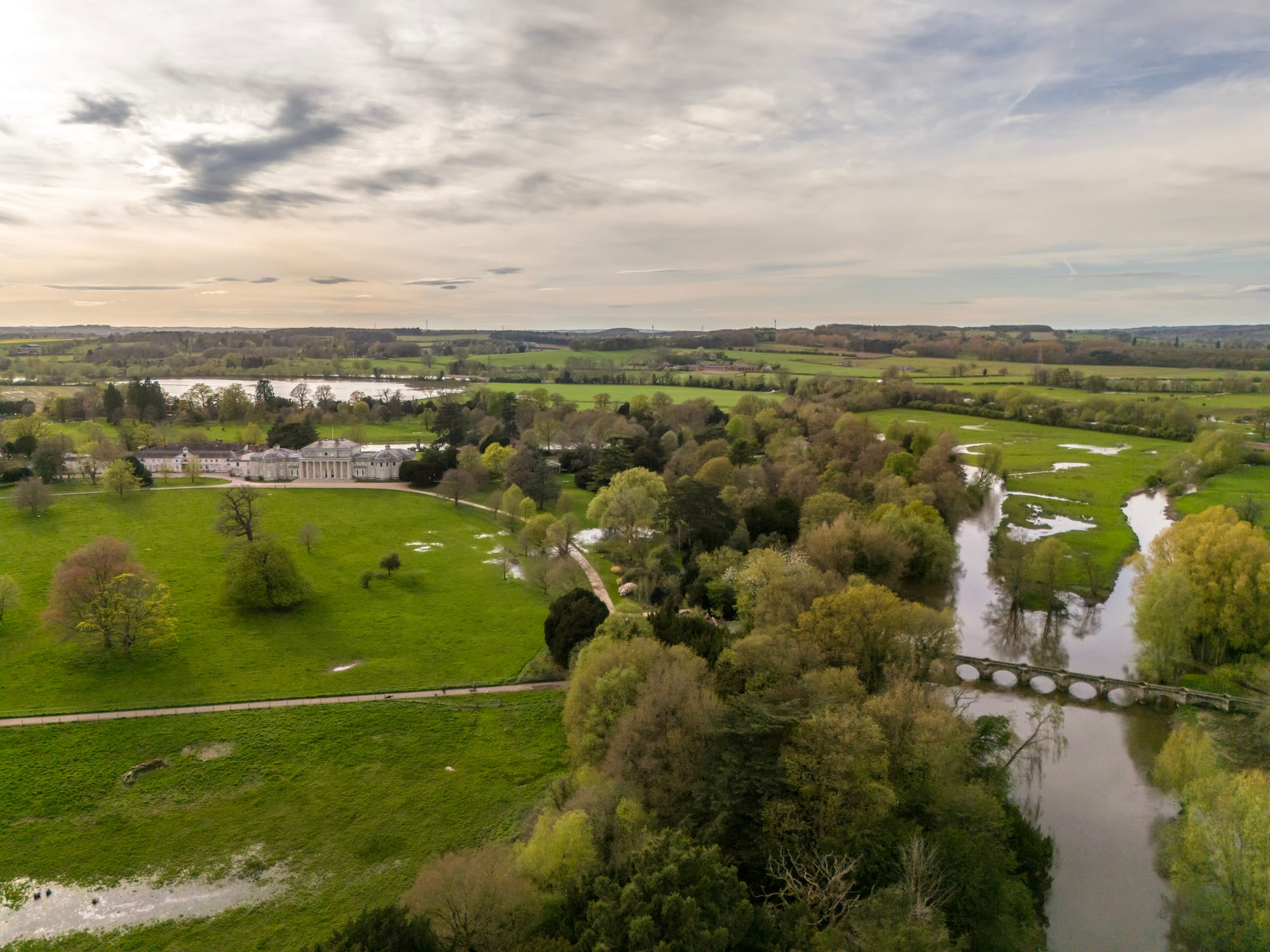Essex Bridge, located near Great Haywood, Staffordshire, is a historic structure deeply ingrained in England's architectural and cultural heritage. This Grade I listed packhorse bridge crosses the River Trent 100 meters downstream from where it meets the River Sow. It is the least altered and longest packhorse bridge in the country and is still used today.
Watch my video about Essex Bridge on YouTube
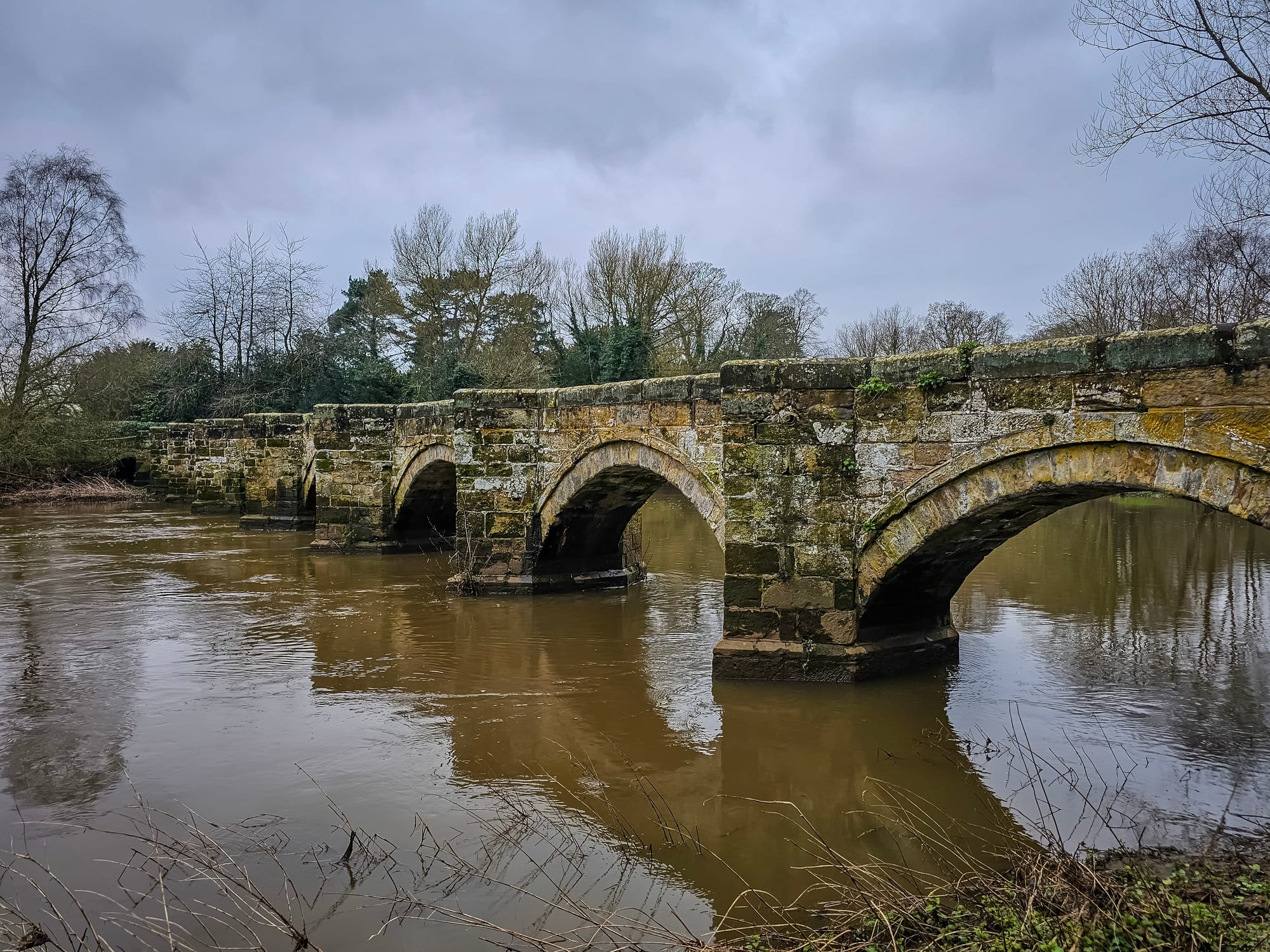
Historical Overview
Built in the late 16th century, Essex Bridge is said to have been commissioned by Robert Devereux, 2nd Earl of Essex (1565 - 1601), a favourite of Queen Elizabeth I, to give a more direct route for the Queen to visit him at nearby Chartley Castle and to go hunting in the woods.
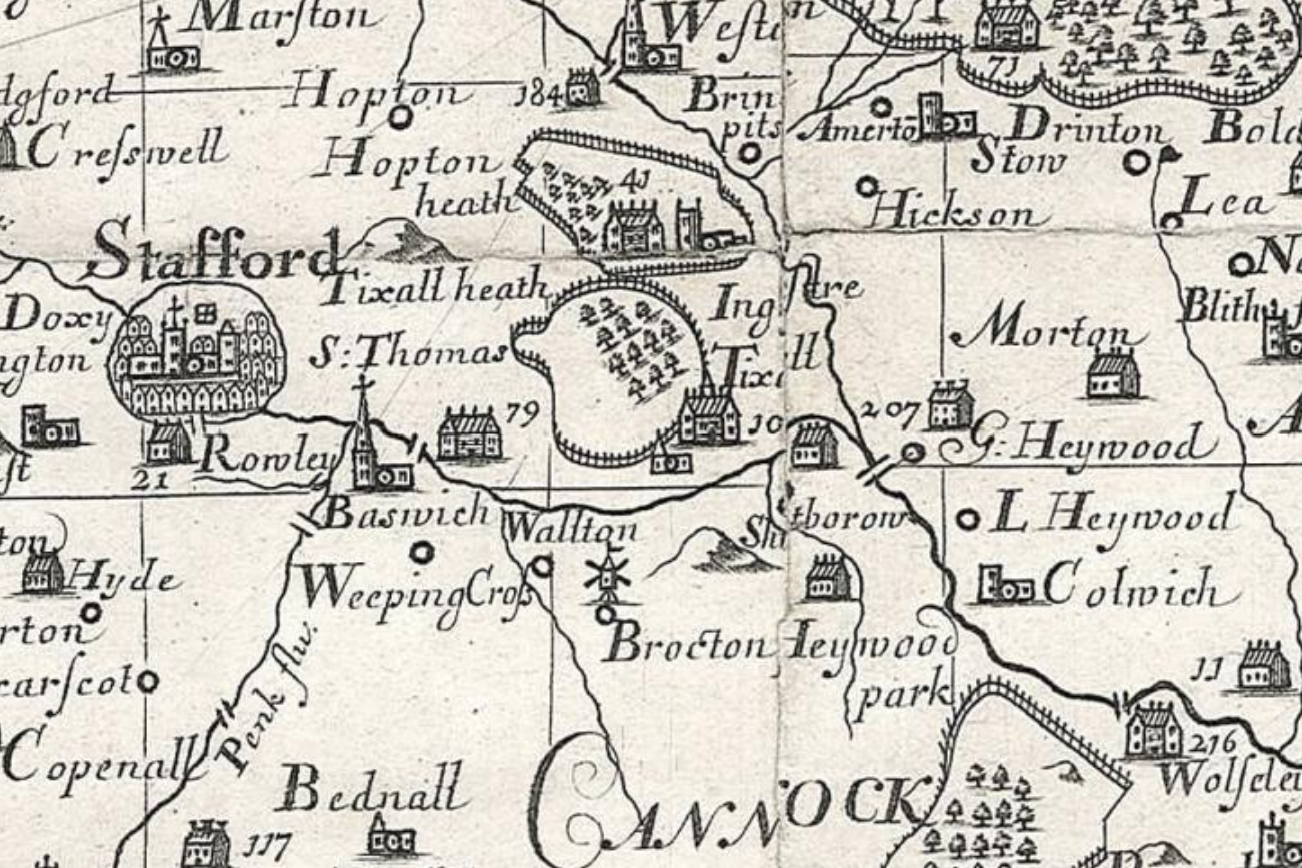
Although there is no proof that this is why the bridge was built, the historical record does confirm that a wooden bridge requiring maintenance existed at the site as early as 1583, which aligns with Earl's timeline but doesn't substantiate the claim of royal motivations.
The stone bridge that stands today replaced an earlier wooden bridge named Shugborough Bridge which replaced the ford and made crossing the river from Great Haywood to Shugborough Hall much safer, becoming an essential piece of infrastructure for the community.
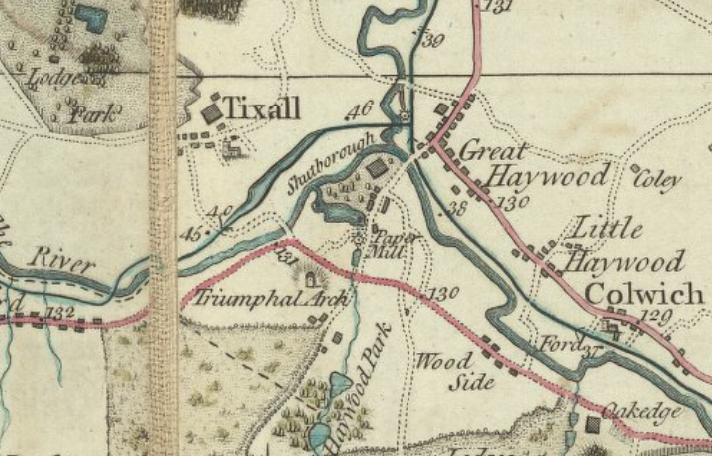
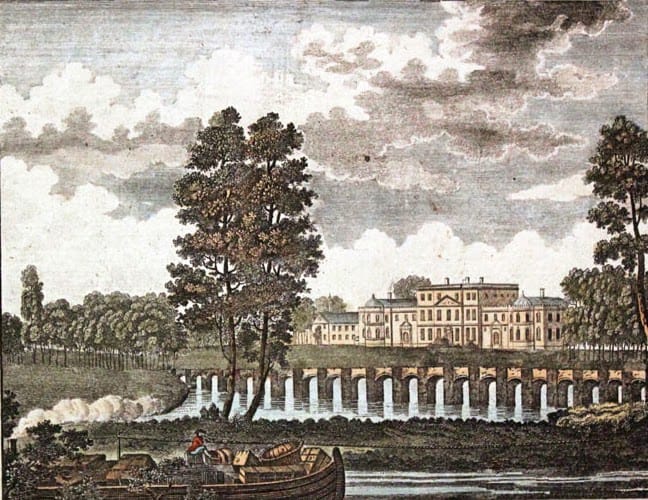
There is a record as early as 1583 that the inhabitants of Great Haywood were to repair the bridge and in 1679, Chetwyn noted that a wooden bridge connecting Shugborough and Haywood, which had fallen into disrepair, was reconstructed in stone with 43 arches. If this account is accurate, it suggests that the existing stone bridge has its origins in the 17th century, though it has since been significantly shortened from its original form.
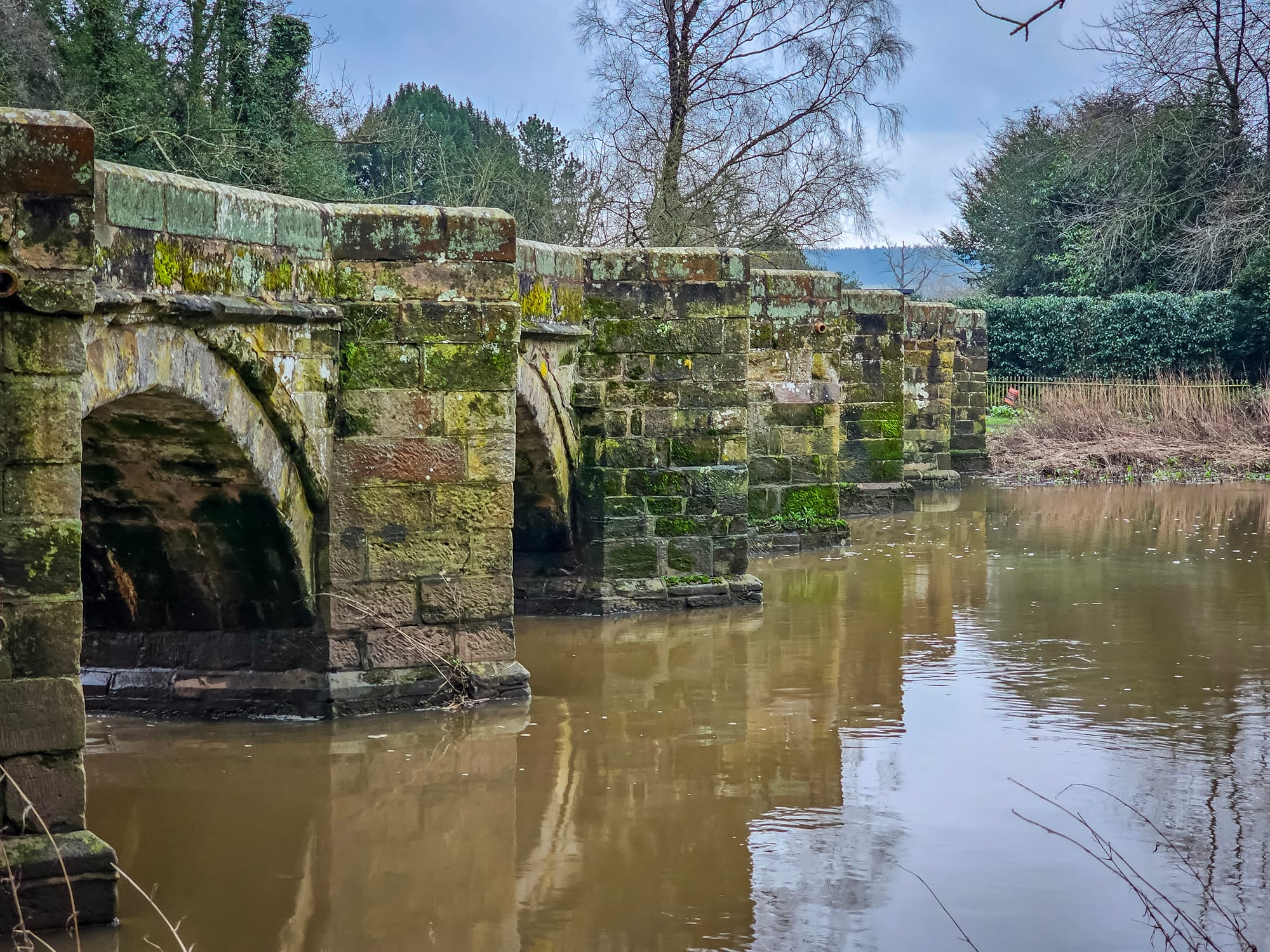
Architectural Features
Essex Bridge was an architectural feat of its time, showcasing the extensive capabilities of historic engineering. Spanning the River Trent with over forty stone arches, the bridge extended its reach into Shugborough Park, connecting the local area with critical transport and trade routes.
Throughout the medieval period, multi-span bridges were built to facilitate the movement of pedestrians, packhorses, and vehicles, often replacing less reliable fords. Initially, these bridges were primarily constructed from timber. However, by the 12th century, the use of stone—and subsequently brick—became more prevalent, with bridge piers frequently supported on timber rafts.
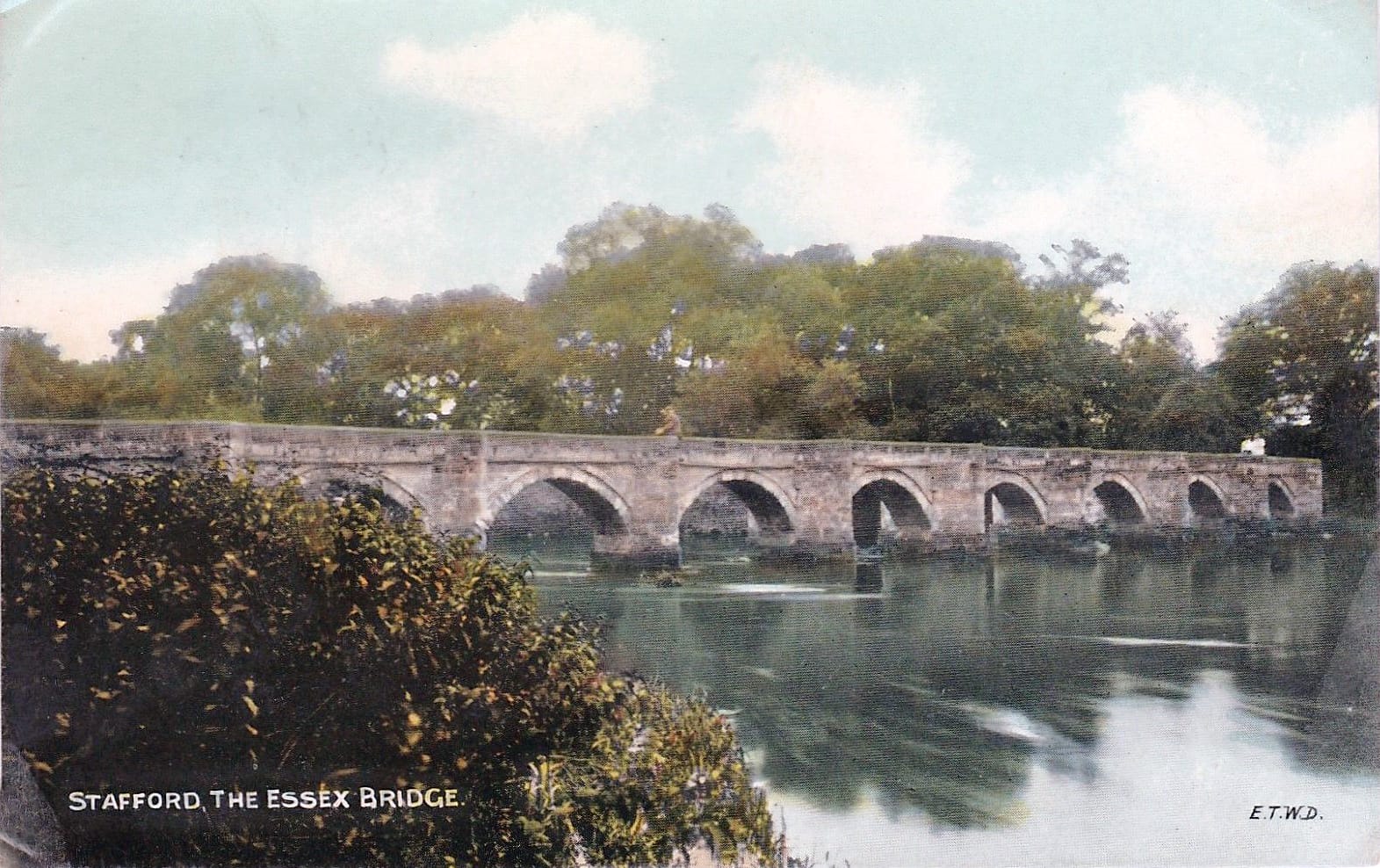
Components such as bridge abutments and the reinforcement of river banks were integral to the overall structure of these bridges. Over the centuries, many medieval bridges have undergone modifications, sometimes obscuring original architectural elements under new layers of stonework, including remnants of former timber constructions.
Traditionally, the surfaces of these bridges were either cobbled or gravelled, providing more stable passage. The responsibility for building and maintaining these bridges often fell to the church and various guilds, though landowners were also obligated to ensure their upkeep.
Bridges that have remained relatively unchanged from their original medieval or early modern designs are considered rare and of significant national interest. These structures may still contain archaeological features and materials from earlier constructions, offering vital insights into their historical usage and the techniques employed in their construction.
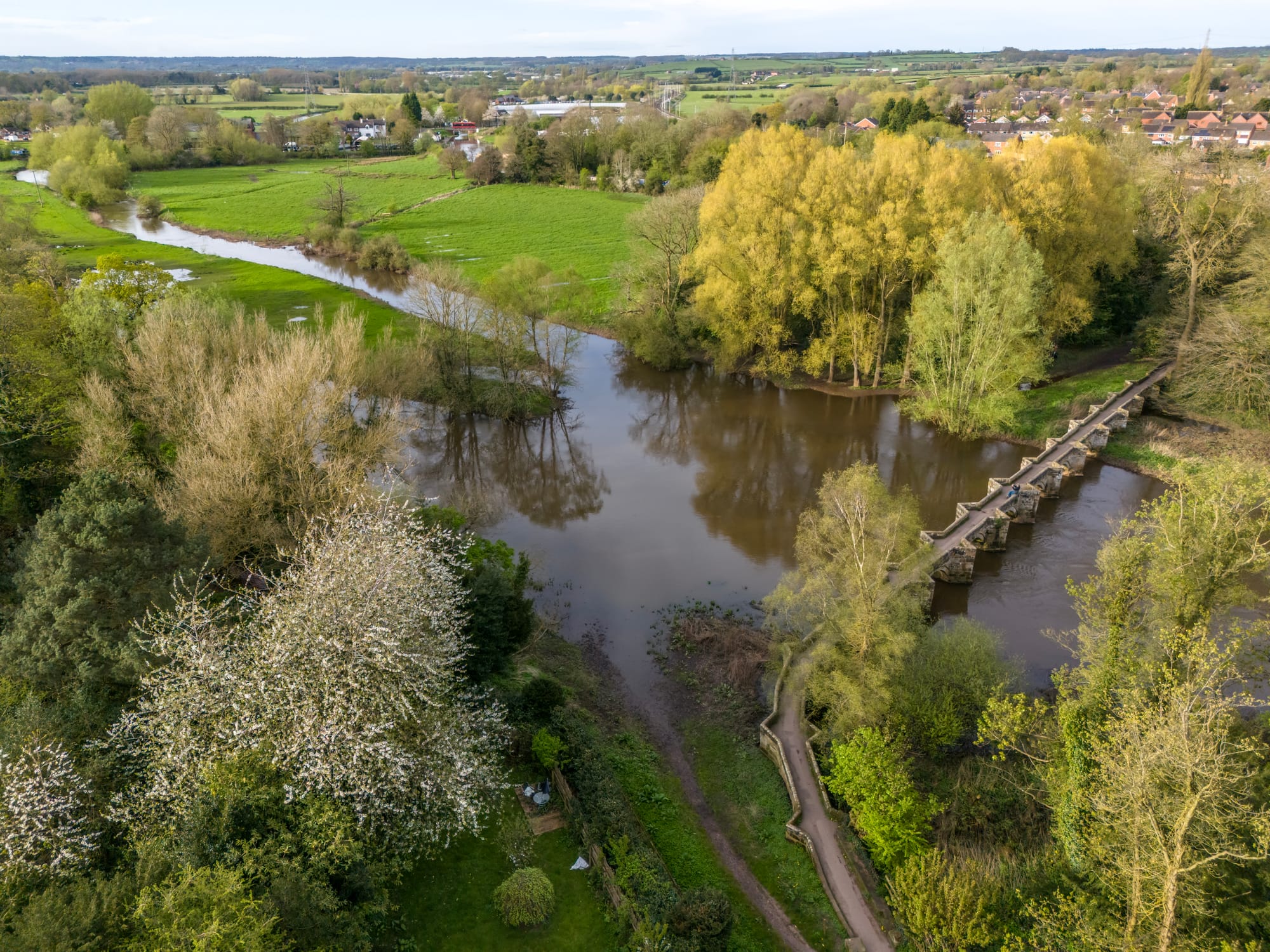
Over the centuries, however, the structure of Essex Bridge has undergone significant changes, and today, only fourteen of the original forty-plus arches remain, although we have no idea when or why the arches were removed. Despite this reduction, Essex Bridge retains the title of the longest surviving packhorse bridge in England.
The bridge's design was meticulously planned to cater to the needs of its primary users—packhorses carrying loads. It features low parapets; a design choice made to prevent the loads on the horses from scraping against the stone and potentially dislodging or damaging the cargo. Additionally, the bridge is equipped with bays, or recesses, along its length. These bays are strategically placed to allow pedestrians to safely step aside as packhorses pass, a necessary feature in a time when bridges served as busy thoroughfares for both people and goods.
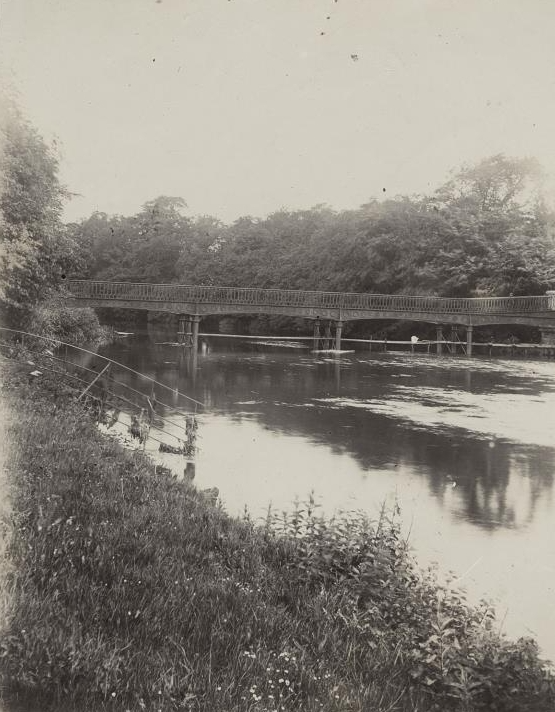
The Iron Bridge
The Iron Bridge is situated slightly downstream from Essex Bridge, near the Shugborough estate. This bridge was primarily used to carry the drive from Shugborough Hall to Little Haywood over the canal.
Constructed to accommodate the needs of the Anson family at Shugborough Hall, this bridge was designed to provide a more convenient route for horse and carriage, especially on Sundays when the family attended church. This necessity arose because Essex Bridge, being a narrower packhorse bridge, was too constricted for such use and by this point fords, especially of this size, were not used, especially by the landed gentry.
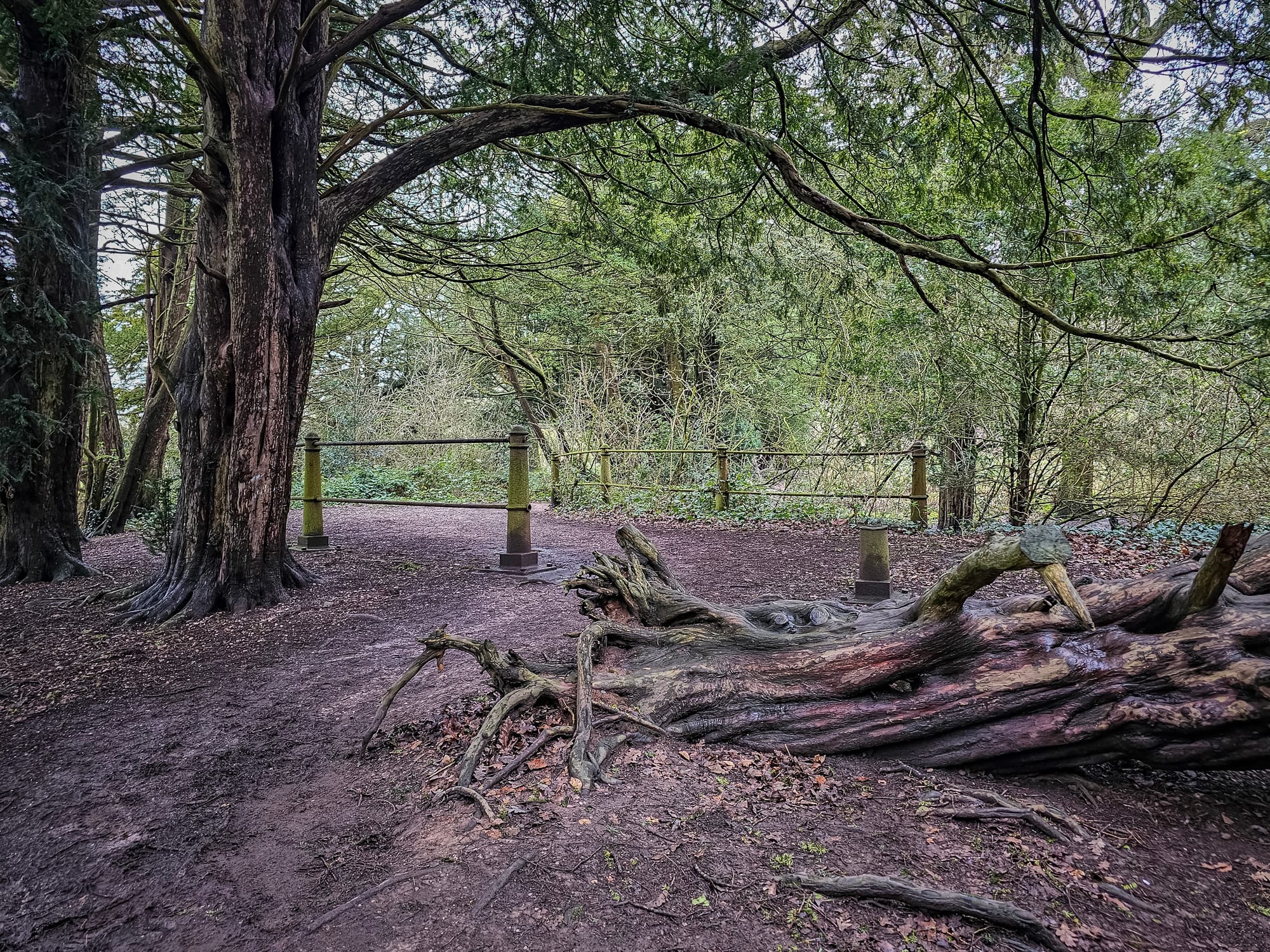
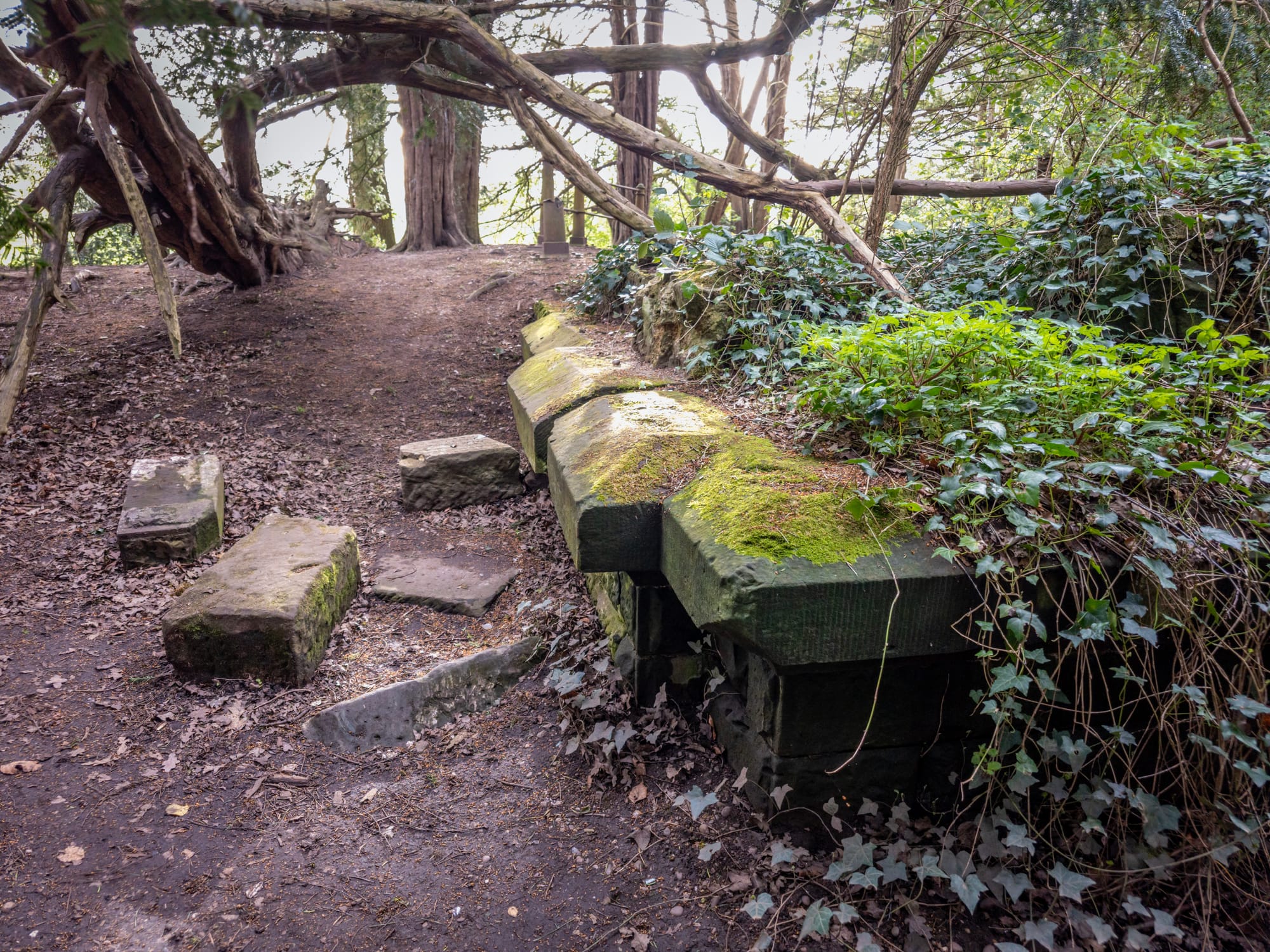
Interestingly, the length of the Iron Bridge that spanned over the River Trent was removed during the 1950s. This modification left only the section that crosses the Trent and Mersey Canal intact. Although if you head into the woods opposite the gatehouse to Shugborough, you will find the remains of the footing of the Iron Bridge, and some of the old railings still standing.
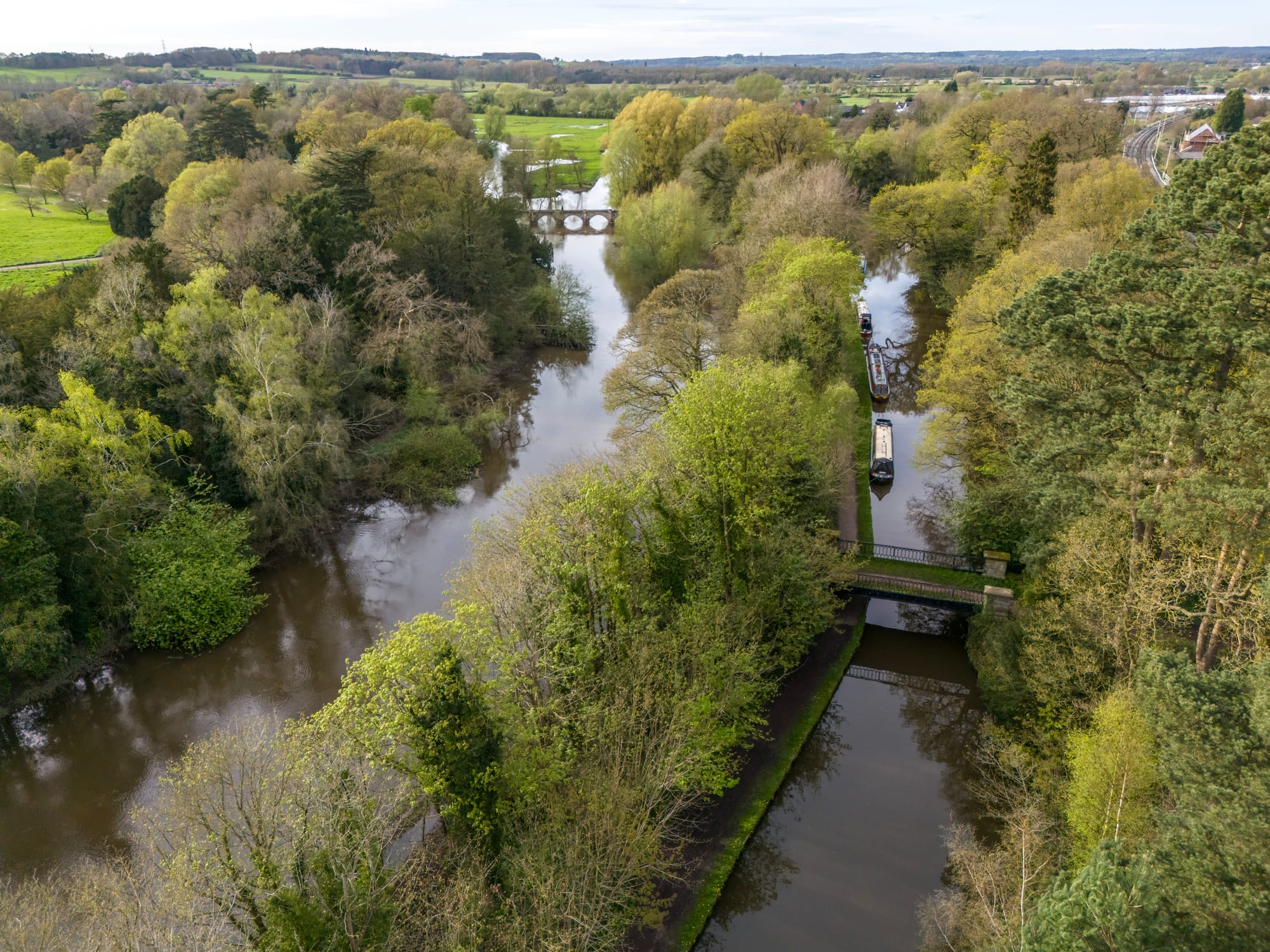
Cultural and Literary Significance
In the spring of 1916, J.R.R. Tolkien resided in Little Haywood with his wife, Edith. The village, situated at the confluence of the Rivers Sow and Trent near Essex Bridge, inspired the fictional setting of Tavrobel in Middle-earth, where the Rivers Gruir and Afros meet near "The House of a Hundred Chimneys"—thought to be modelled on Shugborough Hall.
During this time, Tolkien also spent significant periods in Staffordshire, particularly in 1917 when he began crafting his initial mythological tales, drawing inspiration from his surroundings. His service in the Army training camps on Cannock Chase during these years marked a crucial phase in his life, profoundly influencing his later works.
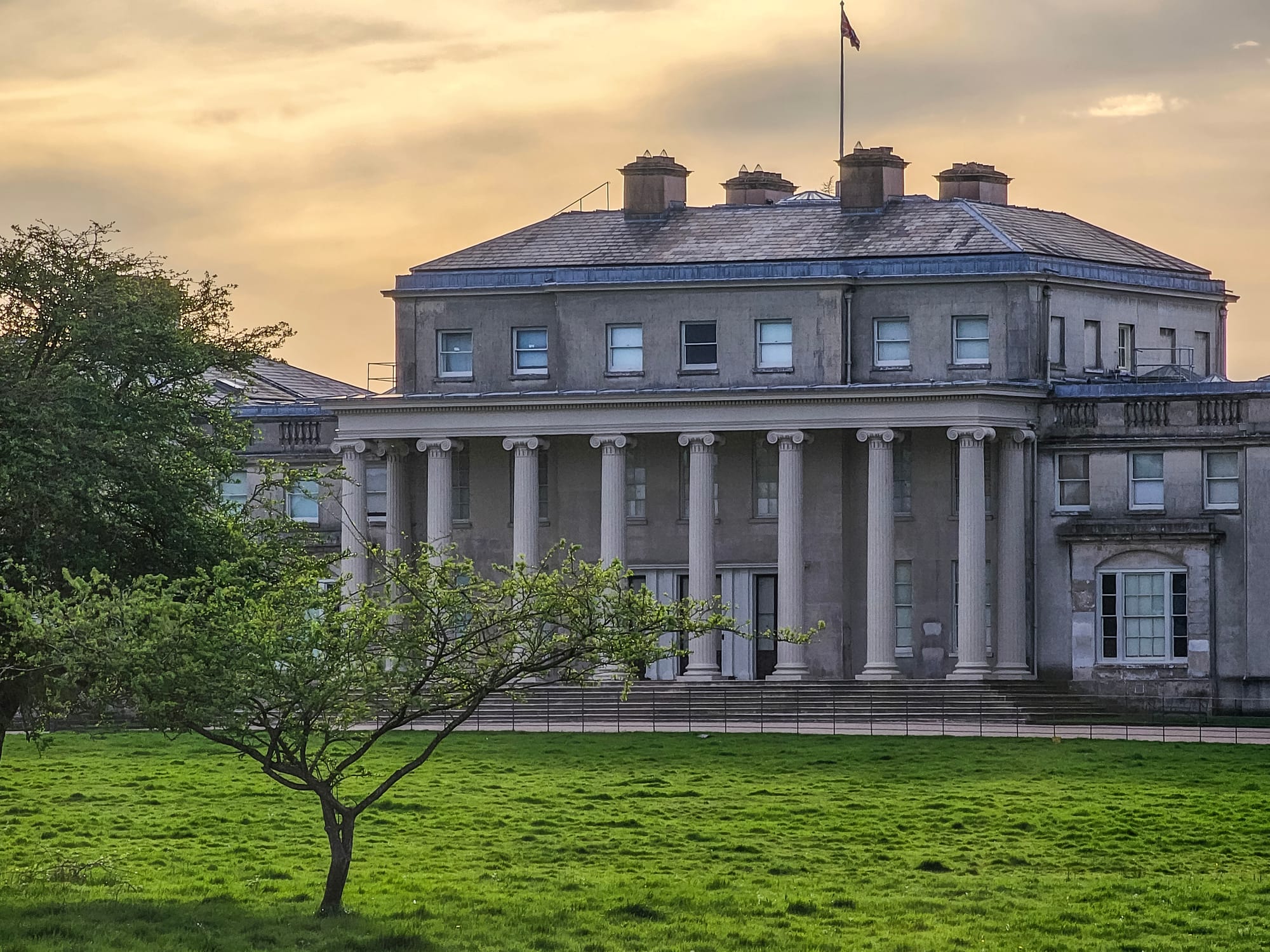
The years of the Great War were instrumental in shaping Tolkien’s mythology, languages, history, and the geographical backdrop of what would evolve into Middle-earth. His writings frequently reference Staffordshire locations such as Great Haywood, Shugborough Hall, Gipsy Green near Penkridge, and Cannock Chase.
During his stay, the physical and mythical landscapes of Staffordshire merged in Tolkien's mind; Essex Bridge and its surroundings came to be reflected in his work as "The Grey Bridge of Tavrobel" a ballad he composed.
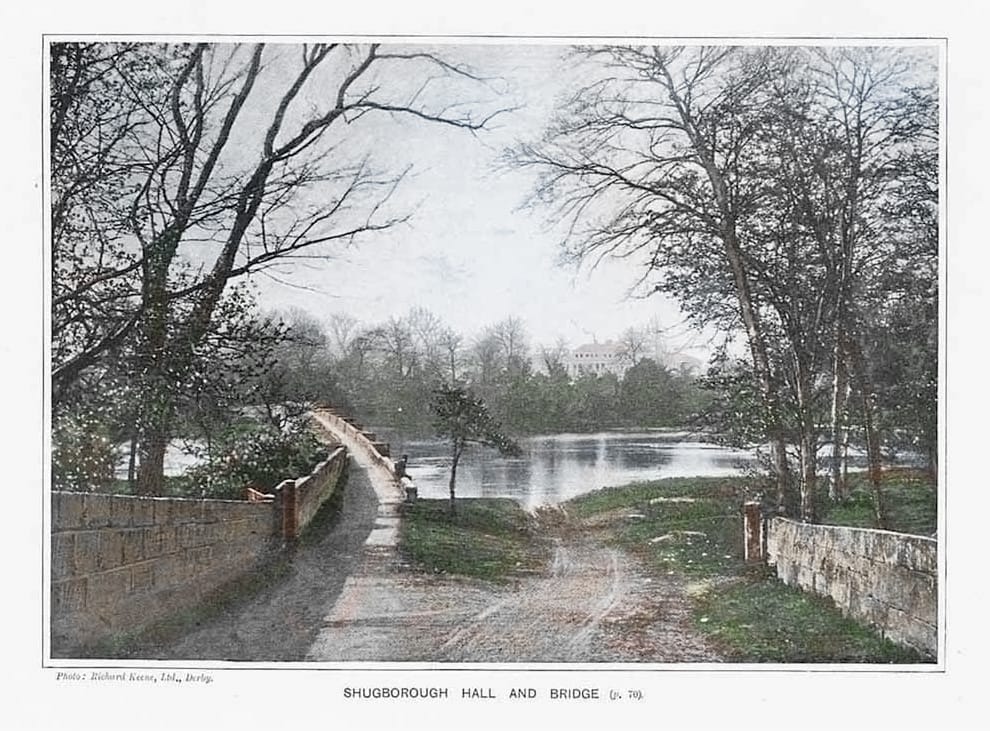
The link between Essex Bridge and its surroundings, and the idyllic settings in Tolkien's stories, underlines the profound impact that real-world locations can have on literary creations. This bridge and its surroundings enriched Tolkien’s narratives, providing them with a depth of realism and authenticity.
The cultural significance of Essex Bridge is thus magnified, celebrating it as both an architectural landmark and a source of inspiration for one of the 20th century's most revered literary figures.
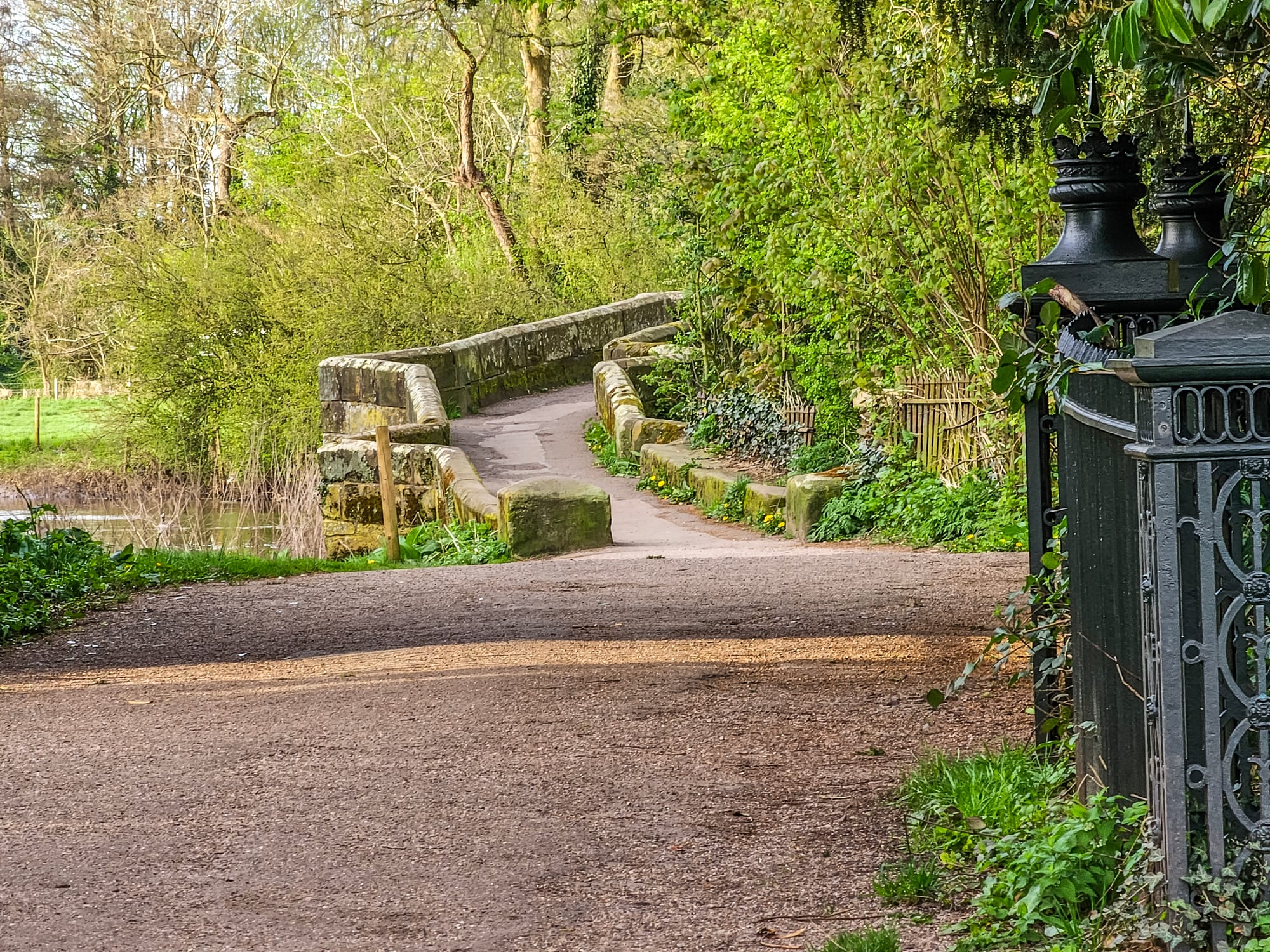
Damage to the bridge
The bridge sustained damage in the 1960s and encountered further challenges in recent times. In the 1960s a section of the bridge collapsed, and subsequent repair efforts were hindered when the site was flooded. Adding to these difficulties, another incident occurred when an excavator, operating along the riverbank, toppled over while moving earth from one side of the narrow pathway to the other. This accident caused a 50-foot section of the bridge, including part of its stone parapets, to be severed, temporarily obstructing traffic across the bridge. It has also been damaged more than once in recent years by cars trying to drive over the bridge. This has caused significant damage to the bridge, but it has been repaired thoroughly and appropriately thanks to its Grade 1 listed status.
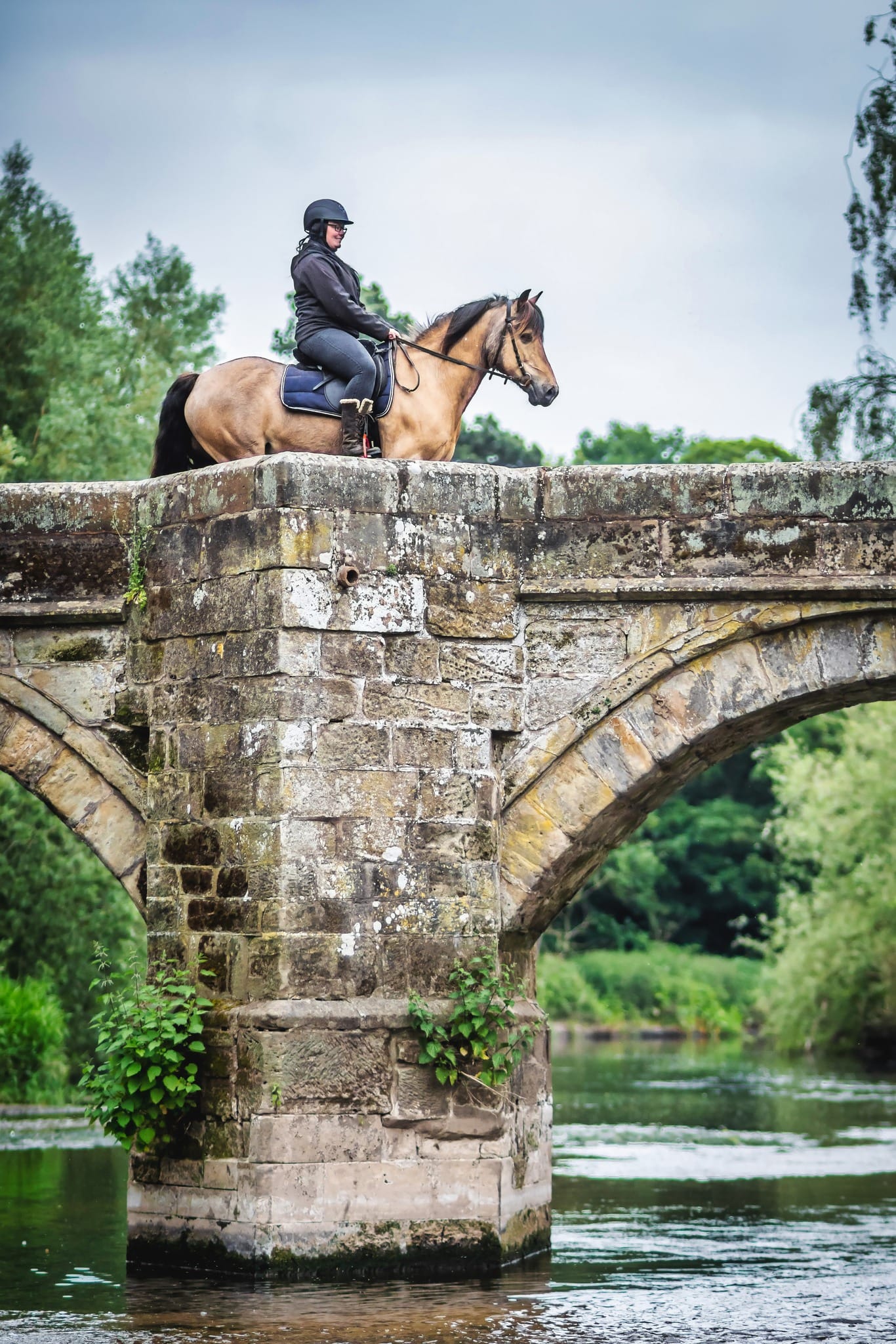
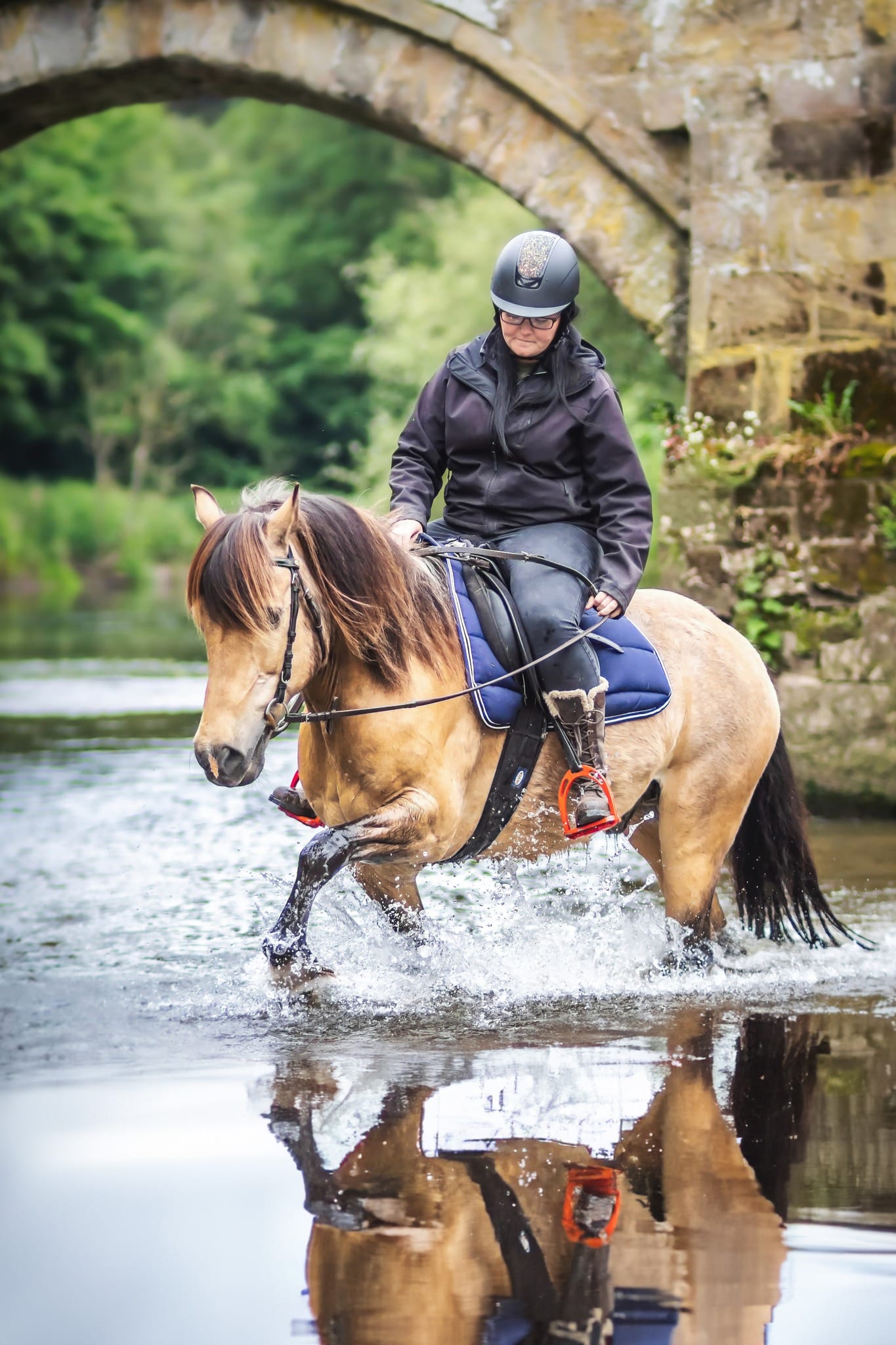
Preservation and Current Use
Essex Bridge, designated as a scheduled monument, exemplifies both historical preservation and ongoing utility. This distinction ensures that the bridge is recognized for its architectural and historical significance, safeguarding its structure for future generations. Its endurance over the centuries is a testament to the skill and foresight of its original builders.
The bridge is strategically integral to the local infrastructure, enhancing public access and recreational opportunities in the area. It forms a key segment of the Staffordshire Way, a long-distance footpath that is beloved by hikers and history enthusiasts alike. This path connects the Trent and Mersey Canal towpath with the broader network of trails that lead through the historic Shugborough estate and extend to Cannock Chase, an area of outstanding natural beauty.
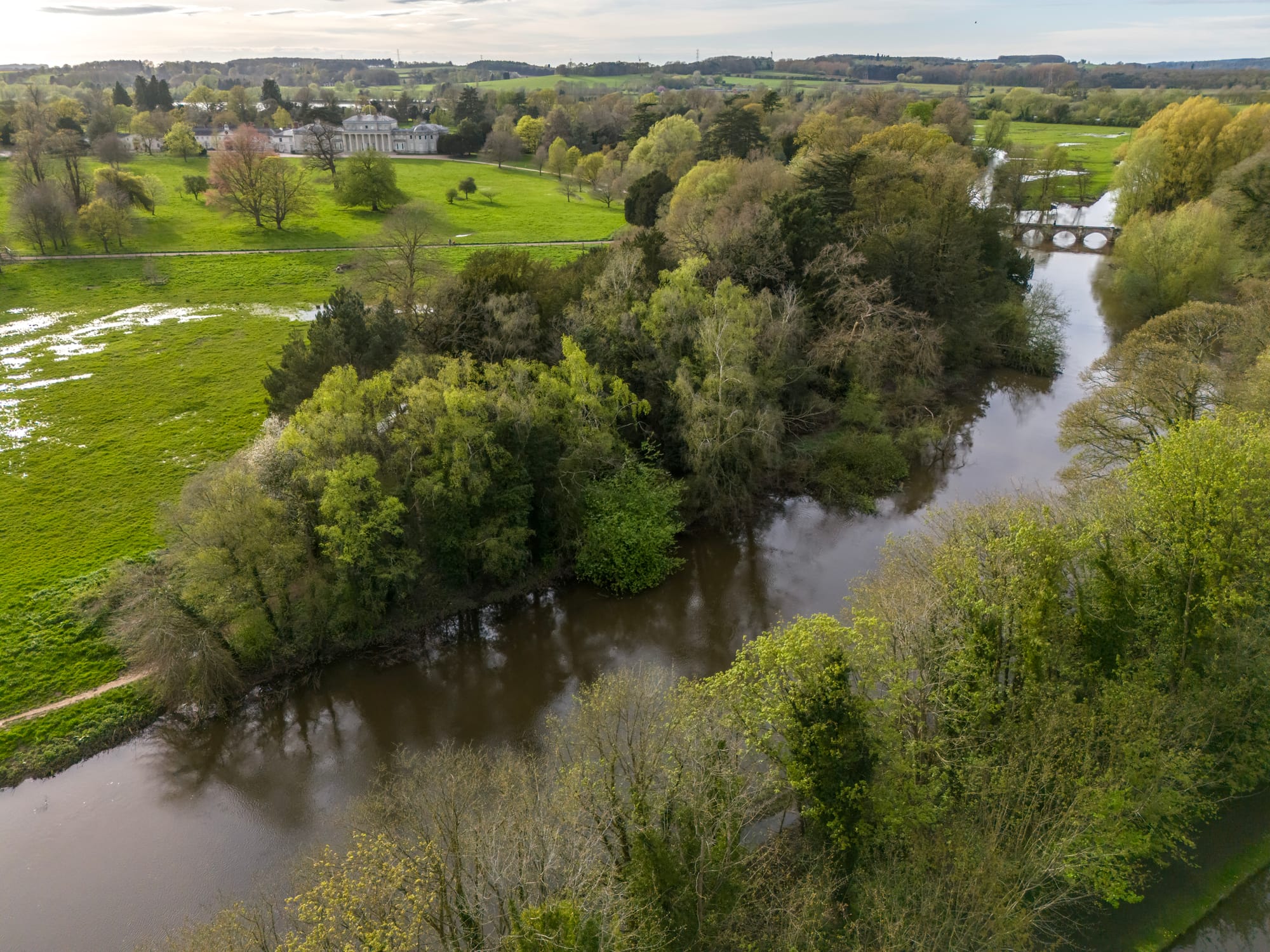
The area brings visitors year-round, each season adding its distinct allure to the landscape. Yet, it's during summer that this locale truly blossoms. The River Trent's cool waters become a magnet for swimmers, while the shallow ford invites dog walkers and horse riders alike.
The placement of Essex Bridge at this critical juncture not only preserves a piece of England's medieval past but also supports contemporary leisure activities. Its role in connecting various scenic and historical routes encourages both educational pursuits and recreational tourism, making it a vital component of Staffordshire's outdoor amenities. This dual function of Essex Bridge as both a historical artefact and a functional part of the regional recreational infrastructure highlights its unique position within Staffordshire’s cultural and natural landscape.
If you would like to visit Essex Bridge, you can find it here;
Thank you for reading!
If you like what you have read, please feel free to support me by following and signing up for my newsletter and/or buying me a coffee!

If you love our local history, don't forget to follow me, check out more of my videos and my website http://www.theredhairedstokie.co.uk
Don't forget to subscribe to my YouTube channel - https://www.youtube.com/channel/UCCA246yaLXVDHSB-MrFMB2A

Check out my on-line shop for my local photography and art
Check out my recommended reading list
